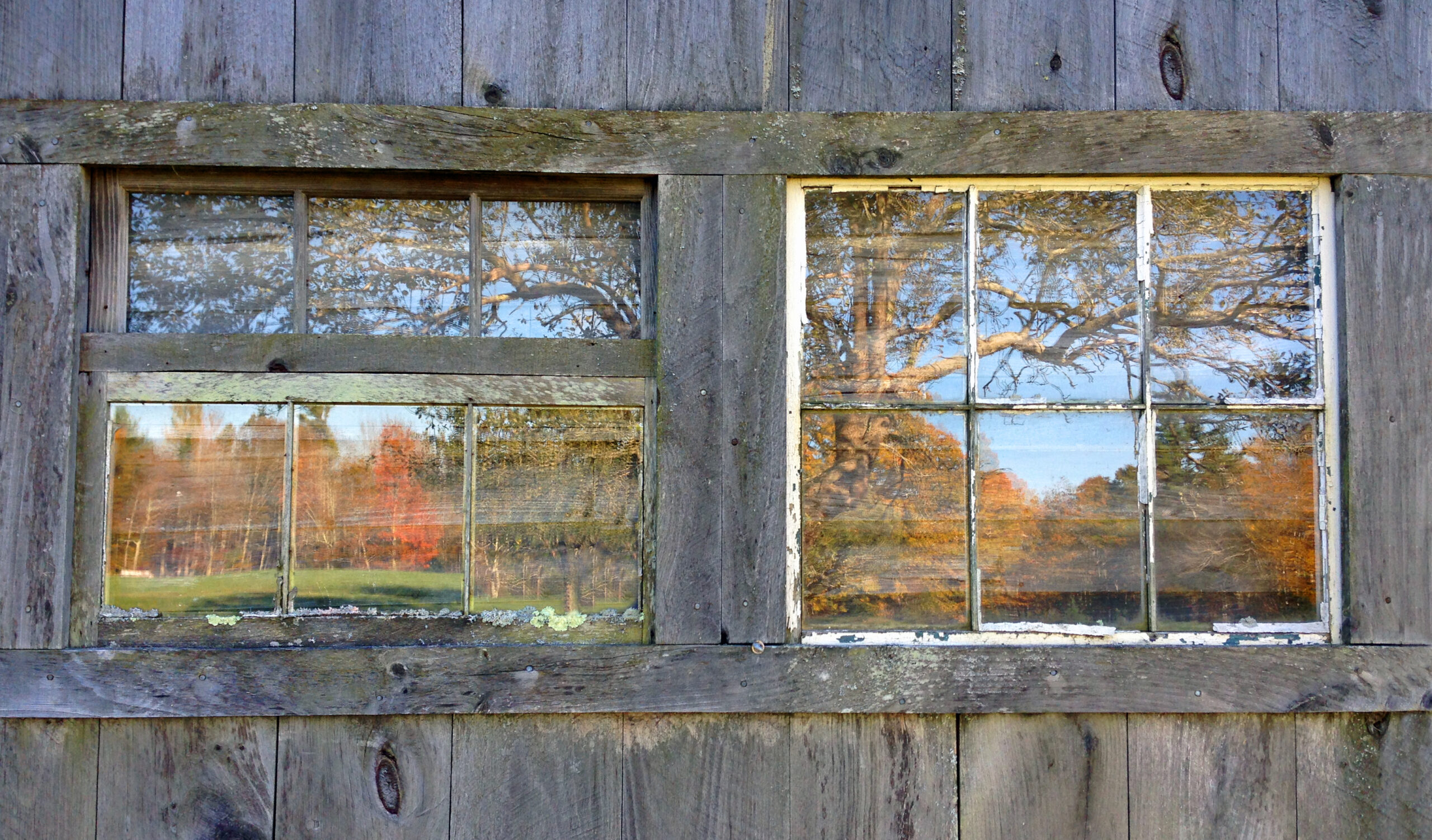
For those living in disengaged families, the absence of frequent in-person meetings with other family members might not be missed during the COVID era—because they weren’t meeting very often with other family members anyway. While this means that there often was little change in the activities of their extended family, the COVID era often brought with it a major change in the way members of a disengaged family relate to one another. Suddenly, everyone was no longer heading out in opposite directions to work, school or hobbies. Everyone was now living together 24 hours a day. Meals were being cooked, education was being delivered by parents, family members were taking care of (or at least trying to take care of) one another. There was much to learn—new recipes, new ways to use the Internet as a teaching tool and new ways of being together with people you “love” (whatever that might mean for someone in a disengaged family).
Thus, there are trade-offs, changes, and new learning for all the families, whether or not these are enmeshed or disengaged. In many cases, these new challenges were not chosen by any members of the family but were “foisted” on the family by outside forces. As I shall note, shortly, the virus often became a teacher or at least a goad to new learning—whether or not someone wanted to learn at this moment in their life.
Locus of control: I have already described in some detail the helplessness and hopelessness that attended the life of many Americans during the COVID era. Varda Silberberg (2020, p. 9) similarly describes the unpleasant feelings associated with loss of control. In borrowing from the contributions made by one of her authors (Sheerie Lotan Mesika), Varda describes the loss of control as being similar to how one feels when “swept away by ocean waves.” I am similarly reminded of Carl Jung’s (1938) description of the “numinous” (Rudolph Otto’s identification of the “awe-fill” experiences associated with large, powerful and controlling forces).
No one would wish the challenges of this era on any society. However, there were moments of courage, compassion and commitment that arose in response to the virus. These moments elicited the hope associated with an internal locus of control, as I have mentioned that is “leaning” and “learning” into the future. As Christakis repeatedly noted, there are many options other than prejudice and violence when addressing the challenges of COVID-19. In my own writings (Bergquist, 2020e) I have borrowed from the work of Camara Phyllis Jones, in identifying four tiers of intervention on behalf of health. Each of these tiers can be engaged in seeking in a proactive way to engage the challenges of any virus.
The first tier is concerned with Treatment. We can be active ourselves in making sure that adequate medical facilities are available for those who are infected and adequate protection and support is available to those providing medical services.








